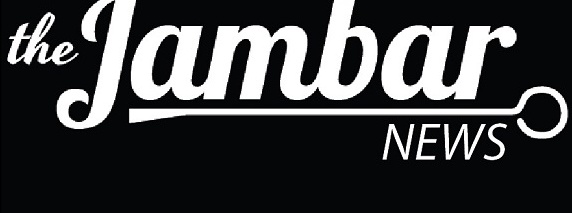By Tanner Mondok
Libraries contain much more than just books, and the William F. Maag Jr. Library at Youngstown State University is no exception. In the library, students can use microforms, record players and podcast stations for school work or simply out of curiosity.
Besides a couple of computer labs scattered across the library, other kinds of tech can be found in the Microform Center and the Multimedia Center.
Robert Ault, microforms information services librarian, said the microform collection in Maag has over a million items; there’s more information in the microform center than all the books in the library.
Ault also said that microforms are easy to preserve and is one of the main reasons the library invested in them.
“The reason they bought it in microforms, BC [before computers], was to save space. Any research institution will have microfilm because it’s the most stable preservation medium,” he said. “For example, if I buy a roll of microfilm for The New York Times, we own it and can do what we want with that film.”
The other reason the library invested in microforms is because they’re cost effective.
“Online, they were giving away the articles for free and now they’re charging you $4,” he said. “Fortunately we had the money put into this resource 40 years ago and we’re still using the same materials. So bang for your buck is why microforms is in any research library.”
There are three main types of microforms: microfilm, microfiche and ultrafiche.
“It all goes back to Latin. Microforms simply means small size. Microfilm is actually the old roll of 35mm film that used to take pictures of your grandpa. Now they take pictures of newspapers and magazines,” Ault said. “Fiche is a piece of plastic that has many pages on it. We have more information in the fiche cabinets than in the film cabinets because the fiche are smaller. We have a thing called ultrafiche where you can have up to 1000 pages on one piece of film.”
The microform collection includes over 300 newspapers, 1,600 periodicals, 144 special collections and over 500,000 books. There are also thousands of government documents in the microfiche format. Contents of the microform collections date back to as far as the 1500s.
The device used to read microfilm is called the ScanPro 3000. According to Ault, it is a reader-printer. It gives users the ability to view the contents of a roll of microfilm in high-definition and then print it out.
Located just a few steps away from the Microform center is the Multimedia Center. It’s there where students can record podcasts or music, watch movies, use editing software and buy and listen to records, CDs and DVDs.
Kenny Reyes, library media technical assistant at the Multimedia Center, said that a lot of students utilize the resources available in the Multimedia Center.
“We usually have a lot of students in here and they’re either working on homework or projects. We have students from all classifications,” he said. “We’re talking from nursing to engineering to business and to music. We try to help out as many patrons as we can.”
The computers in the Multimedia Center run all of Adobe’s editing software. Reyes said that even though that software can be found everywhere else on campus they still see a lot of use on their computers because they have people available who can help the students if they need it.
Reyes said there are two turntables in the Multimedia Center which and they get a lot of use. There are also over 15,000 records of many different genres to complement the turntables and be listened to by whoever wants to.
Records can either be used there and some are available to be purchased. The records which are not for sale can’t be checked out because of how delicate they are.
The Multimedia Center also houses a podcast station which students can use to record audio for things such as presentations, videos, music and of course podcasts. Reyes said that there was a student who produced their first album in the Multimedia Center.
Students can also check out various tech devices such as a keyboard for making music, HD camcorders, digital recorders and headphones.
Christine Adams, interim head of information services at the Maag Library, said that the Multimedia Center offers a lot of services that are helpful to students and give them the ability to do things they might not be able to do at home.
“They have a lot of nice sitting areas where Kenny will put movies on and students can come in and watch really anything there,” she said. “Sometimes students are assigned things to watch and we might have them on reserves and they can go up there and watch them pretty comfortably.”
Adams also said that the Multimedia Center serves as a place where students can go and relax.
“I know that a lot of students feel comfortable and like to hang out there because it’s a real nice environment,” she said. “There’s music playing and it’s a nice change from a normal quiet library.”
The Microforms Center and the Multimedia Center are both located on the third floor of the Maag Library.
